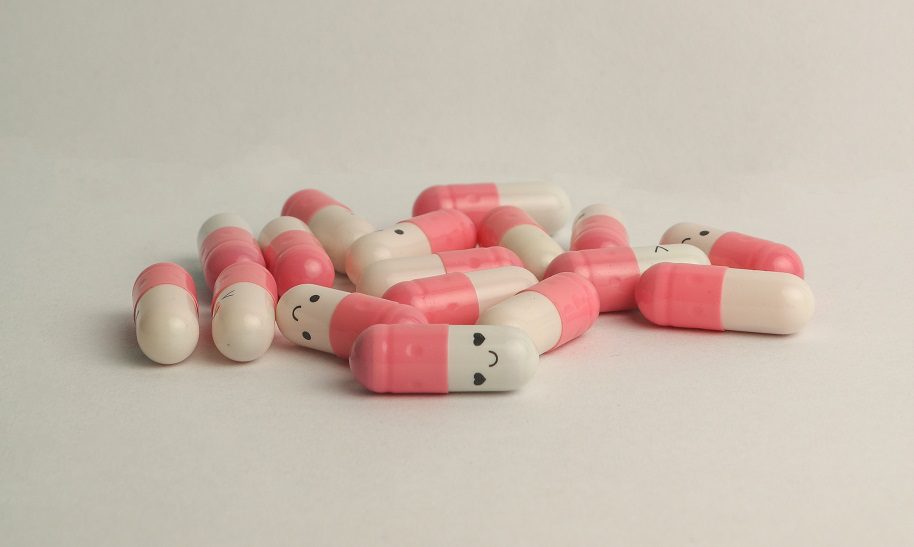A capsule is a solid form of dosage which consists of an outer digestible shell and medicine inside. It’s one of the most common forms of medicines. Nutraceuticals also use capsules to sell nutrient supplements.
The shell is made with a digestible substance like gelatin or cellulose. The medicine inside may be in the form of powder, granule, gel or liquid. There are two forms of capsules; soft and hard. A soft capsule is a soft layer.
It covers a liquid or a gel. A hard capsule consists of two hard shells that cover powder or granule made with a used FitzMill.
It may also contain mini-tablets in some cases. This article will focus on how pharmaceutical industries manufacture hard capsules.
Capsule Manufacturing Process
In the hard capsule manufacturing process, the manufacturer first creates the shells and then fills them with the required medicines.
1. Preparing
First, the manufacturer prepares the material needed to create the shell. They use a digestible material like gelatin or cellulose. They heat the substance with demineralized water at 60-70 degrees Celsius.
A vacuum removes the air bubbles to create uniform viscosity. They add plasticizers, colors, etc. then do chemical and microbial testing.
2. Dipping
A pin-board, that has rows of long pins to make the body and rows of short pins to make the caps, dips into the solution. The solution forms a solid layer around each pin because they are cooler.
3. Rotating
The pin-board rises above the mixture and rotates to distribute the layer around each pin evenly. This creates shells with even thickness and dome strength. This happens several times.
4. Drying
Once the shells have the required distribution, an air dryer blasts the shells with cool air repeatedly to dry them.
5. Stripping
Once the shells are dry, a jaw plate removes them from the pin-board.
6. Trimming
A stationary-knife trims the shells to the exact size the manufacturer wants.
7. Joining
The caps join the main body and seal it.
8. Printing
A printer prints important details like the manufacturer’s name, expiry date, dosage, identification code, etc. to help other manufacturers, doctors, pharmacists and patients down the line.
Medicine Preparation Process
Hard capsules usually contain solid medicines in the form of powder or granules. Some may add mini-tablets. Manufacturers make the medicine with the following process:
1. Dispensing
The manufacturer weighs the medicine’s ingredients and distributes them evenly in the required formula.
2. Sizing
A used FitzMill pulverizes the ingredients into a fine powder.
3. Blending
A bender blends the ingredients into one uniform powdery mixture. The manufacturer may either use the powder to fill the capsules or granulate them.
4. Granulation
A granulator turns the powder into small granules. The granulator may either perform wet granulation or dry granulation.
In wet granulation, the granulator uses a volatile liquid solution to form granules. In dry granulation, the granulator uses mechanical processes instead of liquids to form granules.
5. Dry Screening
After wet granulation, the granules lie on a tray at a controlled temperature to let the volatile ingredient evaporate. The manufacturer may either use the granules to fill the capsules or to create mini-tablets.
6. Tablet Compressing
The manufacturer uses a tablet press to compress the granules into mini-tablets.
7. Dedusting
A deduster removes the dust particles.
Capsule Filling Process
Once the capsules and the medicines are ready, it’s time to combine them.
1. Feeding
The capsules and medicines are inserted in a used capsule filler in their proper slots.
2. Opening
The filler opens the shells and moves the bodies and caps along.
3. Dosing
The machine fills the body with the required dosage.
4. Closing
The machine caps the body and seals it.
5. Discharging
The machine discharges the pills.
After coming out of the used capsule filler, the pills go through multiple testing to check their quality.
The manufacturer packages the pills that meet quality standards in bottles, blister packs, etc. and transports them.

















Add Comment